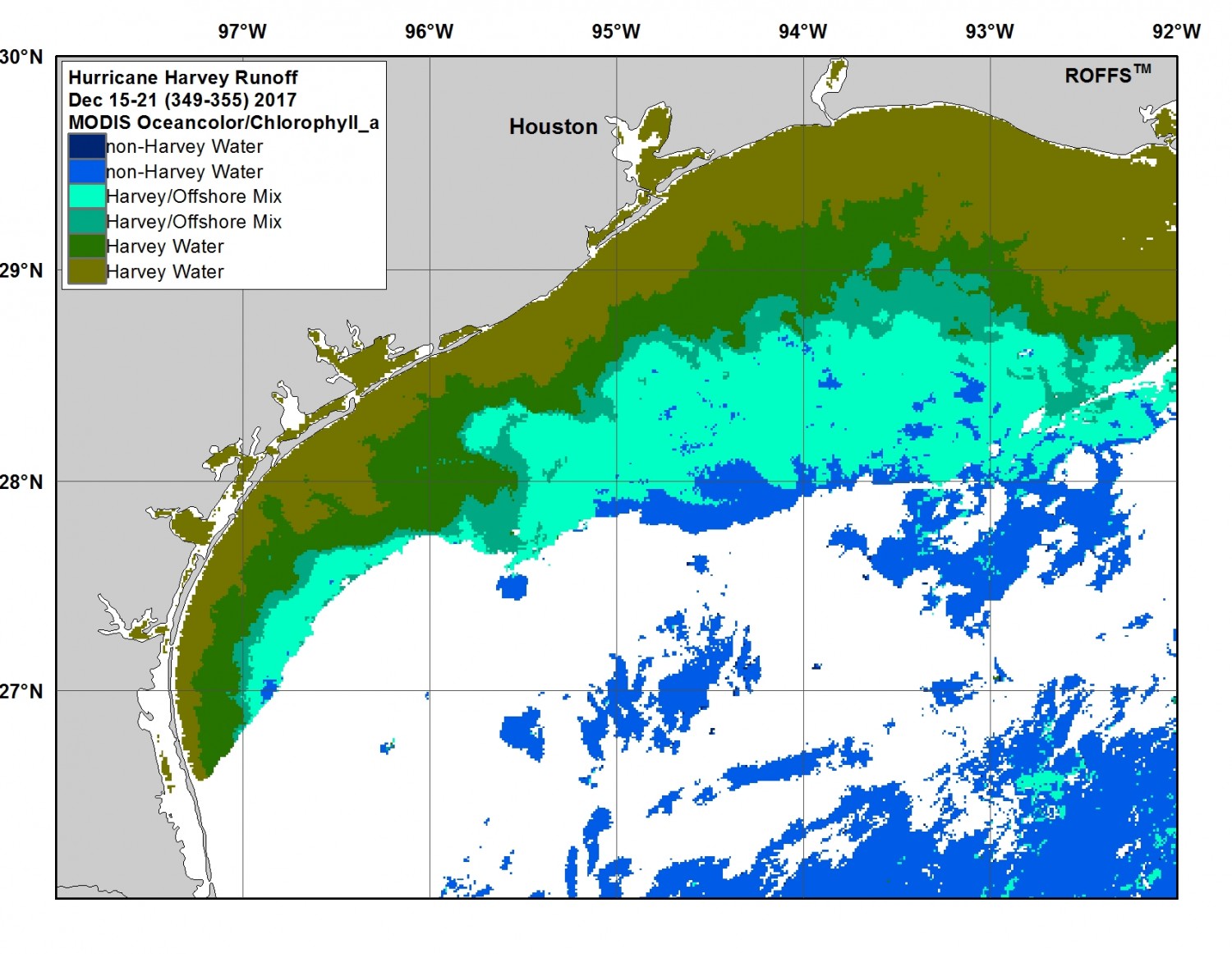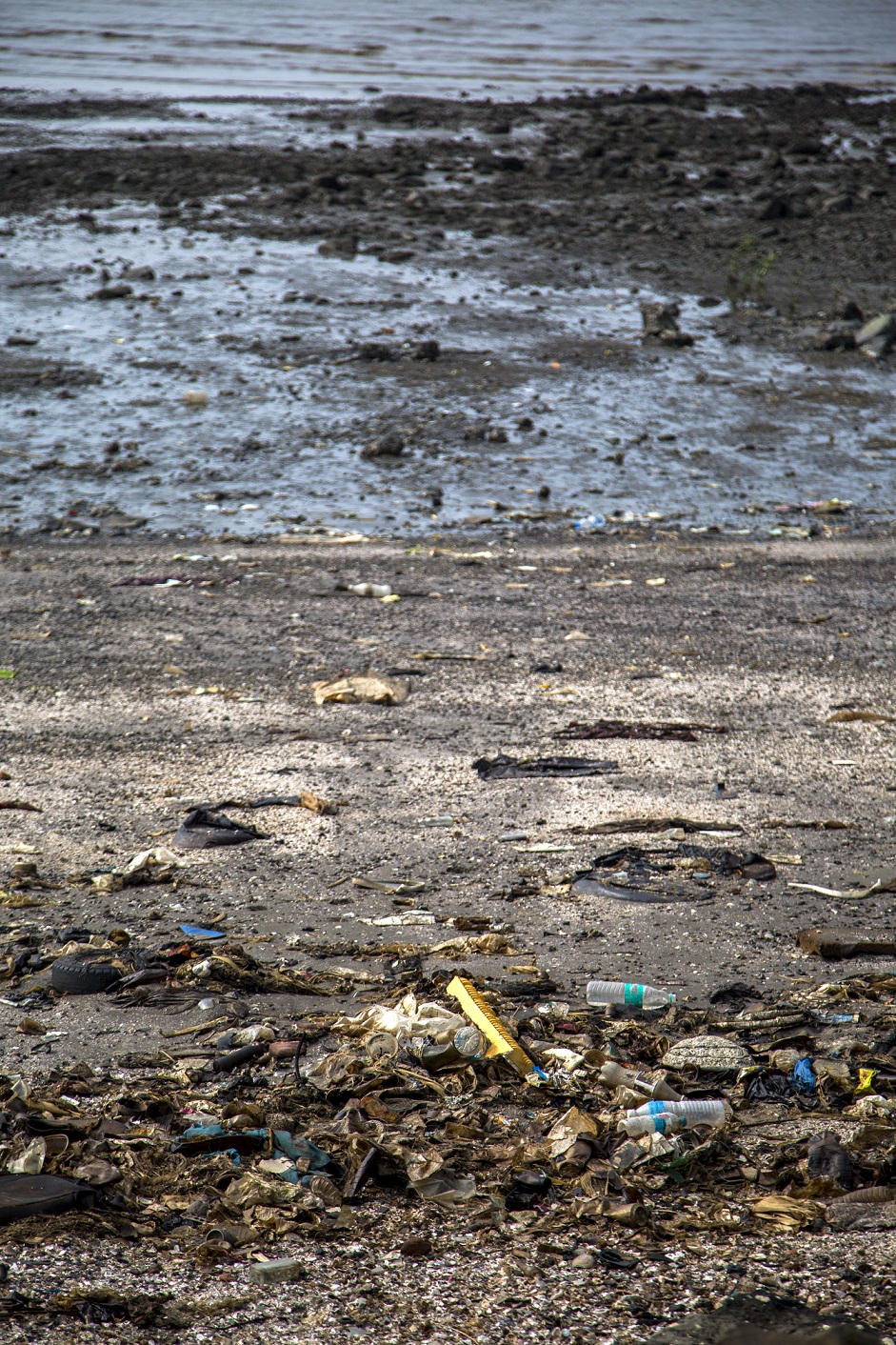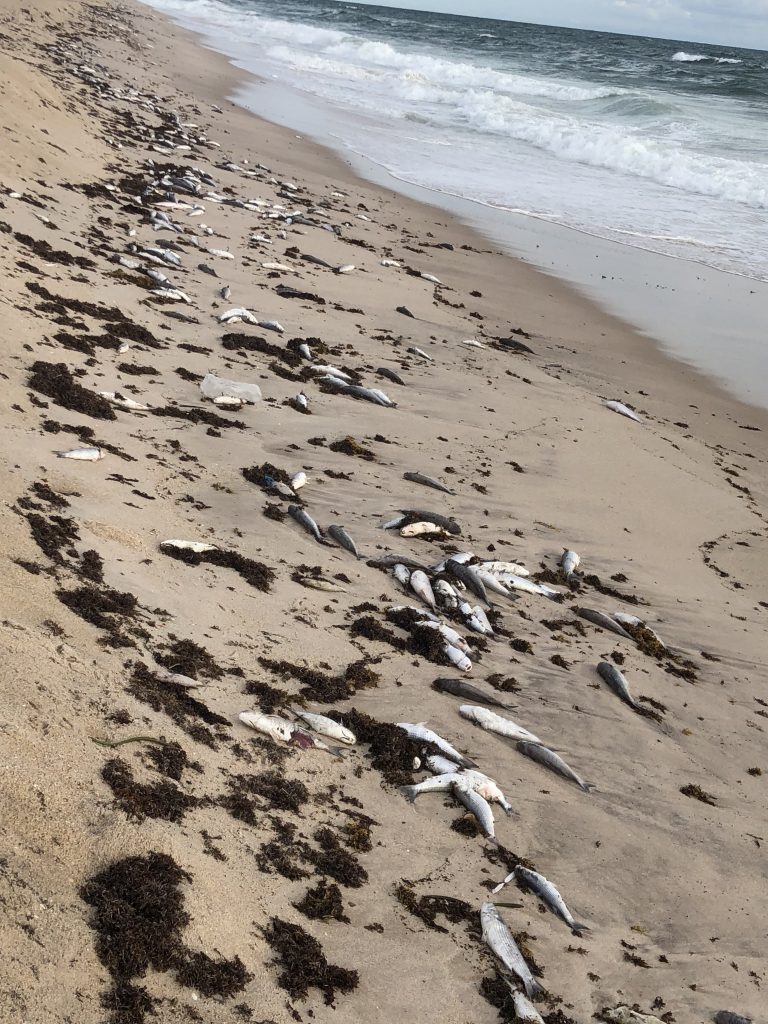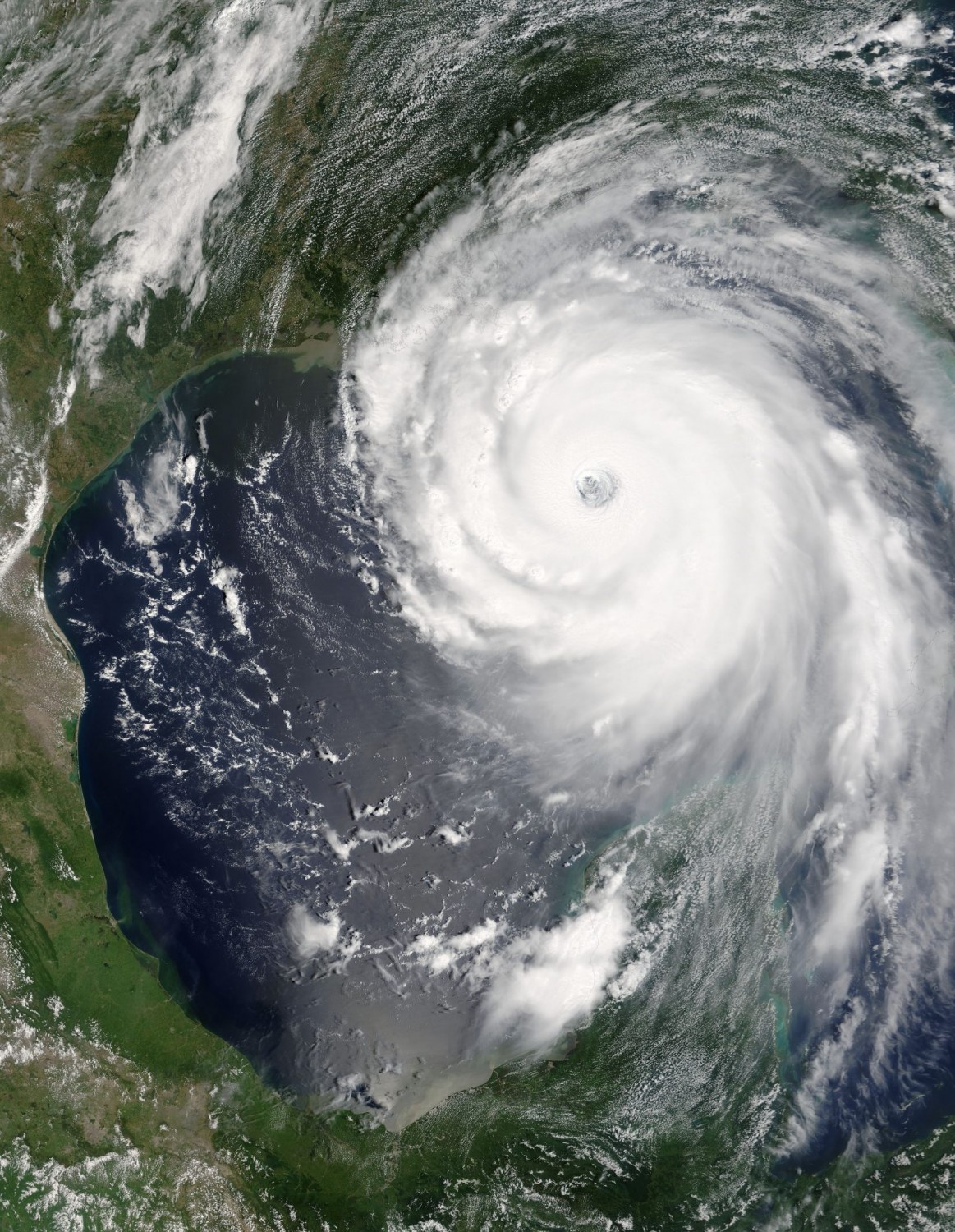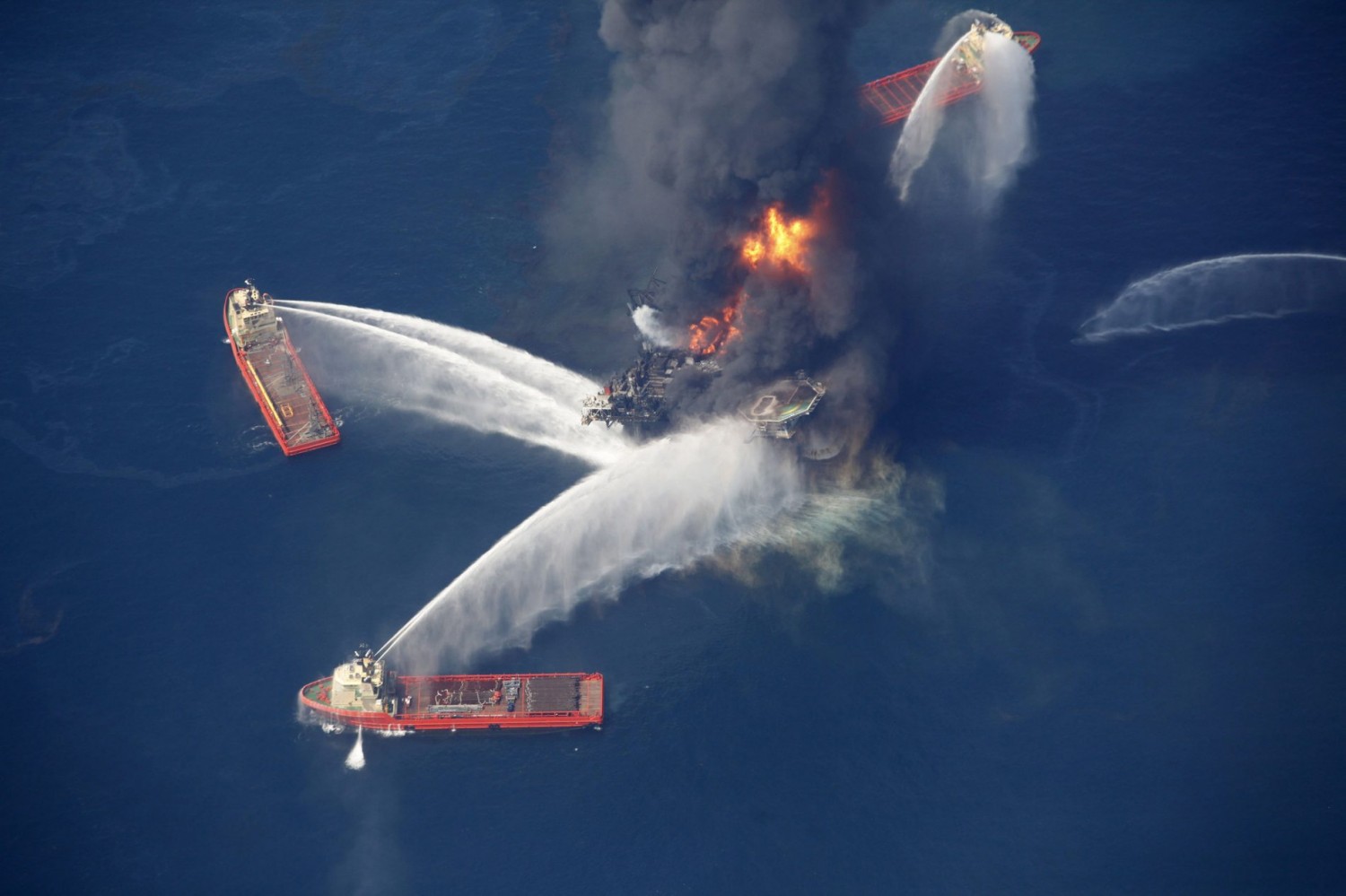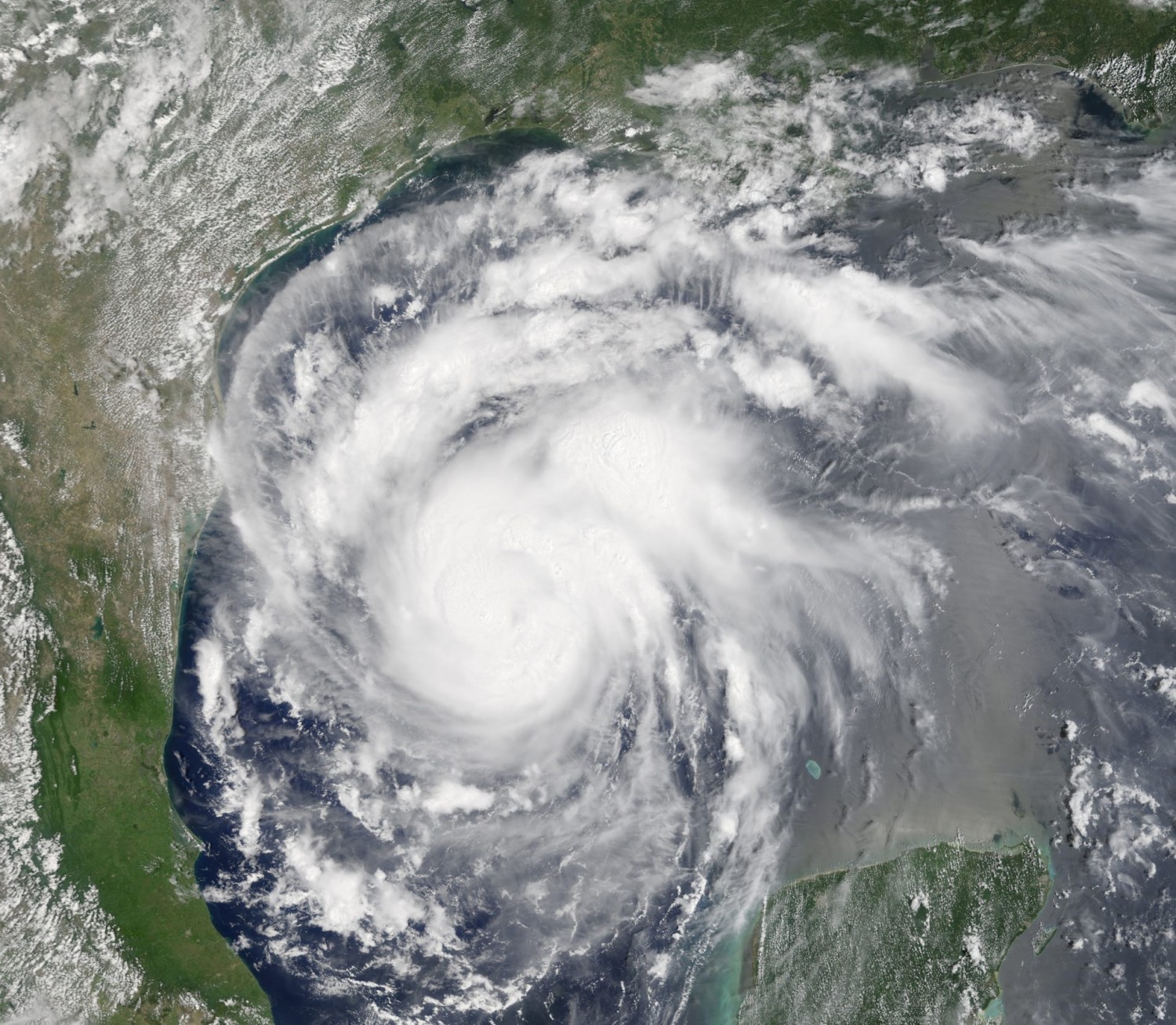ROFFS™ is a scientific consulting company based in Miami and Melbourne, Florida (U.S.A.) that has been providing consulting services for a variety of applications (fisheries, oil & gas development, ship routing) including environmental monitoring and assessment since incorporating in 1987.
Several of our products and services are designed to provide real-time detailed information on the distribution and motion of water masses that may contain hazardous and industrial wastes. In addition, we provide our expertise for making specific recommendations related to discharge, dispersal and monitoring of water and waste water, as well as, evaluate potential and actual impacts on the ecosystem.
In one highly publicized and successful project during 2003-2004 we were contracted as the “Independent Scientist” for the State of Florida Department of Environmental Protection Piney Point Phosphate Waste Water Dispersal Program. Part of this project involved providing advice and oversight related to the dispersal location, distribution and movement of nutrient enriched water into the eastern Gulf of Mexico. During this and other projects ROFFS™ has partnered with academia, government agencies and private industry to provide cost effective solutions.
In another project, we had been monitoring the water leaving the Mississippi Delta region and circulating in the Gulf of Mexico during 2005 after Hurricanes Katrina, Rita, and Wilma.

